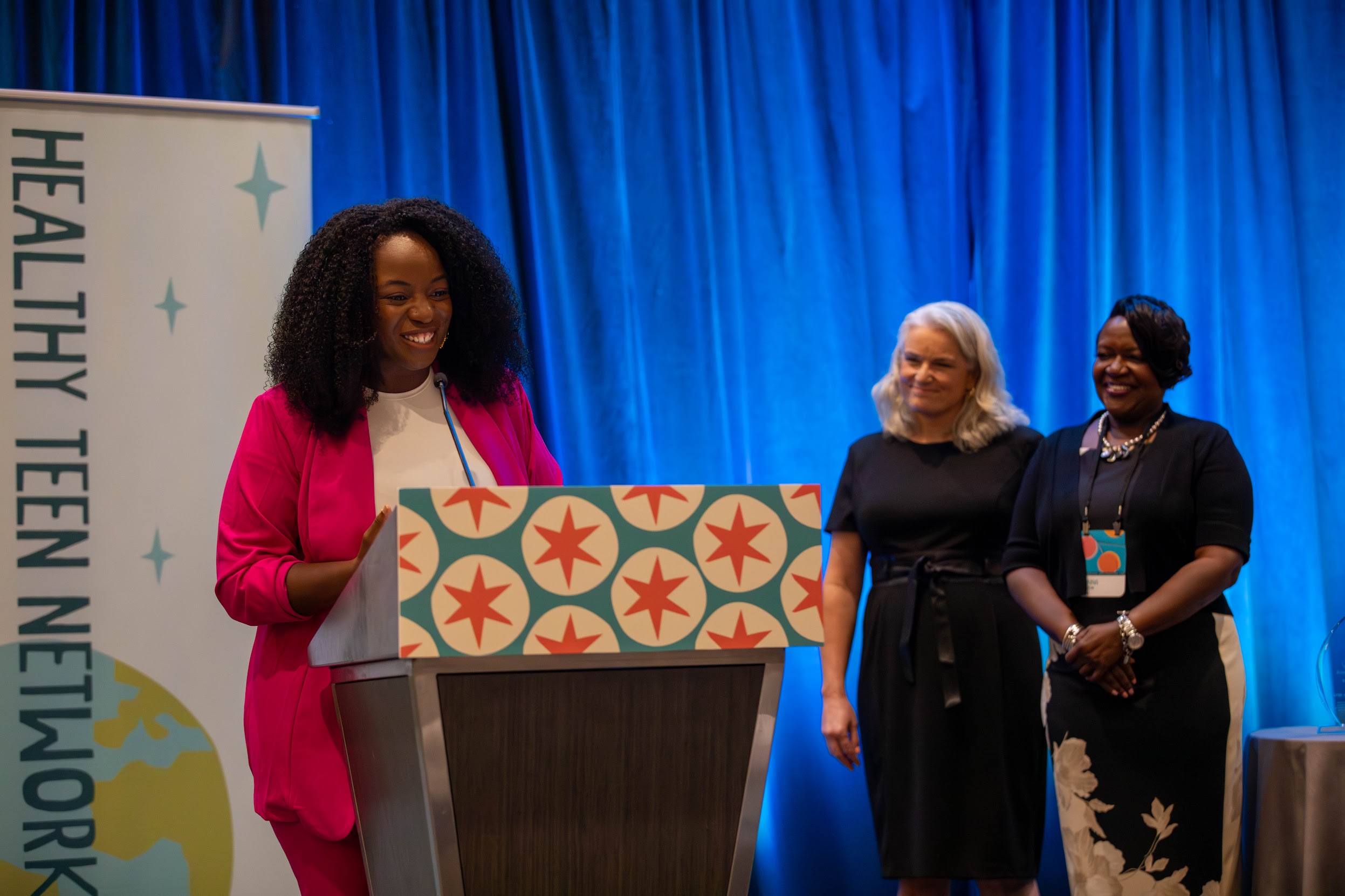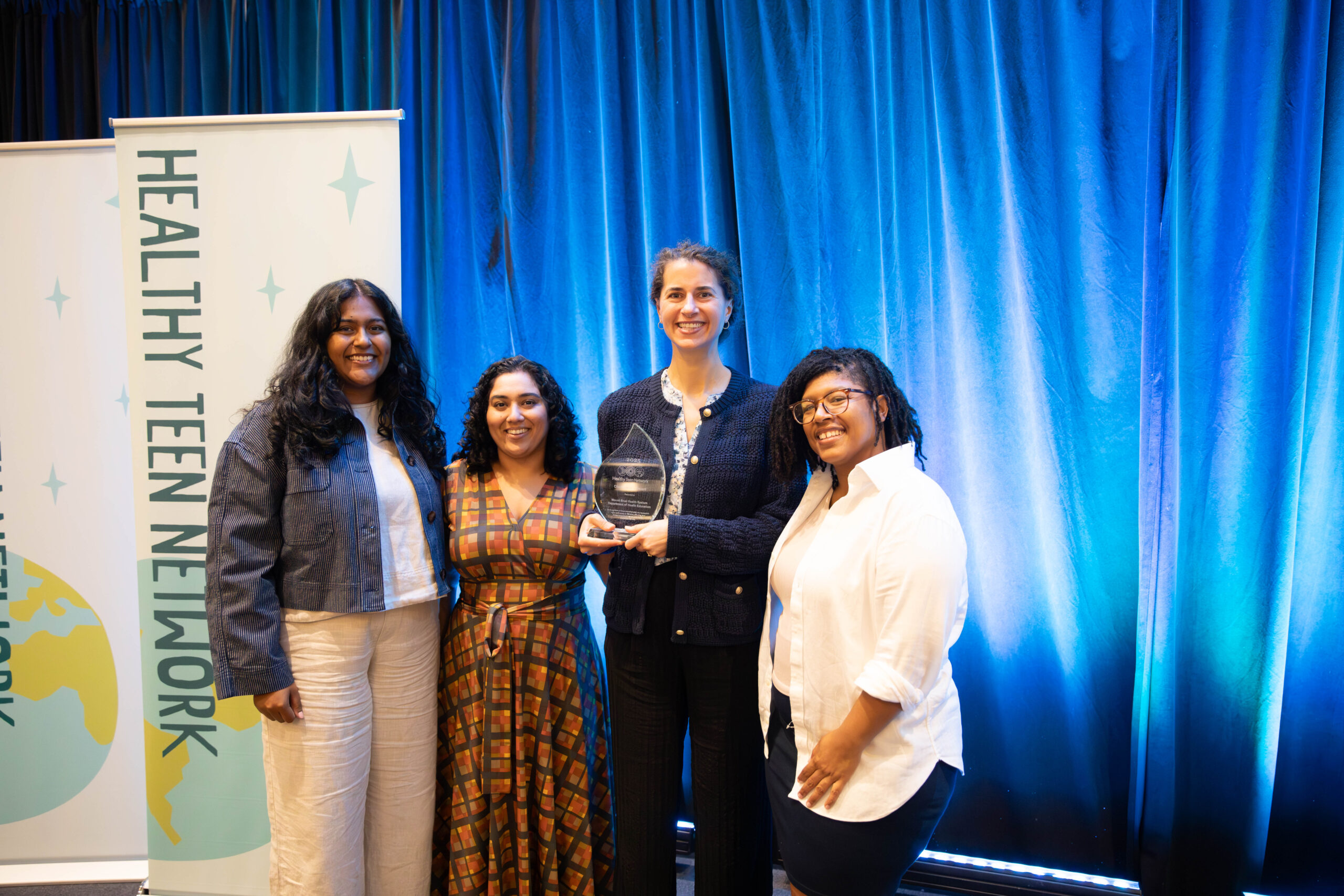In her new book, Amy Schalet portrays that Dutch parents tend to normalize adolescent sexuality while their American counterparts dramatize it.
“American girls are more than four times likely to become pregnant and more than two times as likely to have abortions as their Dutch counterparts, even though they have sex at comparable ages,” Amy Schalet writes in her book, Not Under My Roof: Parents, Teens, and the Culture of Sex.
Schalet, a Sociology professor at UMass Amherst, attempts to explain this dramatic difference, and in doing so presents a rather marked contrast between the ways in which American and Dutch parents use different frames to “understand adolescent sexuality and their own responsibility as parents.”
(To understand what a “frame” is in this context, we turn to trusty Wikipedia: “A frame in social theory consists of a schema of interpretation — that is, a collection of anecdotes and stereotypes—that individuals rely on to understand and respond to events. In simpler terms, people build a series of mental filters through biological and cultural influences. They use these filters to make sense of the world. The choices they then make are influenced by their creation of a frame.”)
The book goes into great and interesting detail about these frames (Schalet interviewed nearly 150 parents and teens), so reading the book is strongly suggested to have a better understanding. But, in short, these frames are:
The Dutch frames:
- normal sexuality,
- relationship-based sexuality, and
- self-regulated sexuality
The American frames:
- hormone-based adolescent sexuality,
- battle between the sexes, and
- parent-regulated adolescent sexuality
Illustrating the confidence many Dutch parents have in their teens’ ability to regulate their own sexuality is their use of the term “era an toe zijn” which translates as “being ready.” Schalet writes that the use of this term “demonstrates an assumption that young people are the best judges of when they are ready,” but goes on to say that it is the job of the parents to “remind their children… not to do anything before they feel ready, as well as take the precautions to be ready.”
In addition to the frames mentioned above, one of Schalet’s explanations of the Dutch and American views stood out to me as a reader:
American parents to view teenage sexuality as a potential drama in the making, while to Dutch parents the ‘normality tale’ is both plausible and desirable.”
“One reason the two sets of parents [Dutch versus American] view [and manage teenage sexuality differently is that they draw on different models of individualism: given their different assumptions about (self-) control, autonomy, and authority, it makes sense to American parents to view teenage sexuality as a potential drama in the making, while to Dutch parents the ‘normality tale’ is both plausible and desirable.”
In other words, Dutch parents tend to normalize adolescent sexuality while their American counterparts dramatize it.
Equally interesting is Schalet’s assertion that “culture is not destiny.” Prior to the early 1970s, she notes, “neither the general public nor the major institutions of Dutch society accepted sex between unmarried youth as legitimate.”
Which begs a few questions:
- Would you see a potential similar culture shift in the US to be a positive thing were it to happen?
- Do you think a culture shift like this would be realistic in our society?
- What would it take to shift American norms?
Schalet’s book is fascinating for many reasons, not least of which the questions—like those above—it evokes.








